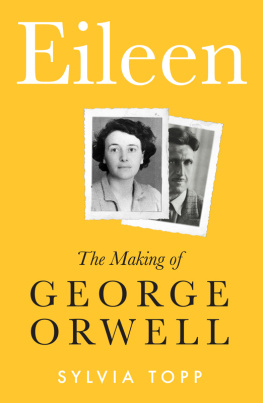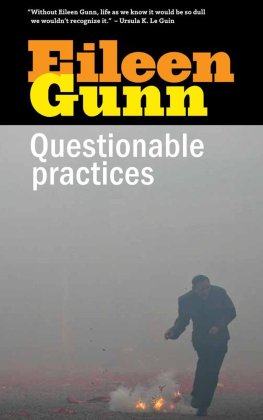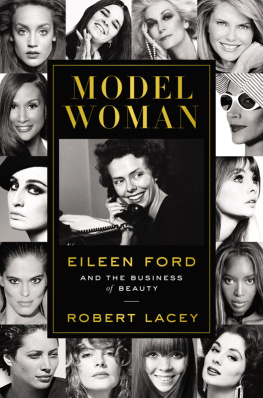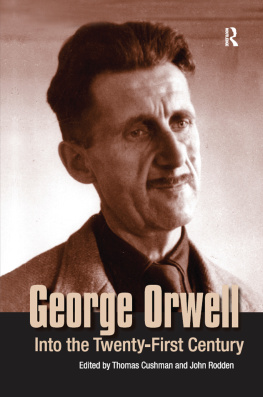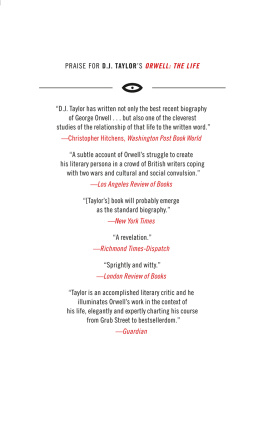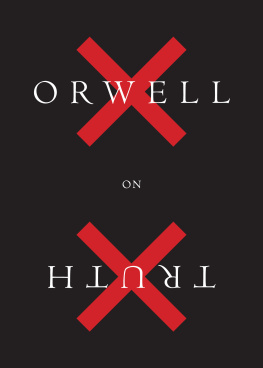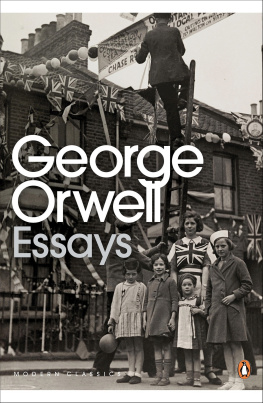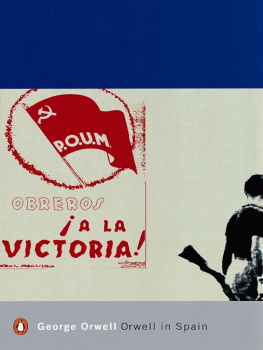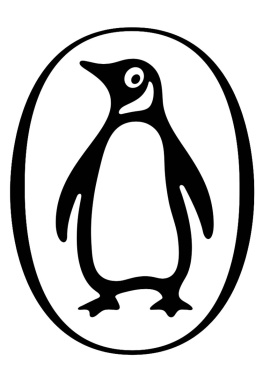Contents


BY THE SAME AUTHOR
Birth magazine, three issues, each on a different theme, self-published, 195860.
Swing: Writing by Children , four issues, self-published, 196061.
Yeah magazine, ten issues, each on a different theme, self-published, 196165. All ten issues of Yeah were reprinted as a Box Set, a facsimile edition, by Primary Information, Los Angeles, 2017.
All the above magazines were coedited with Tuli Kupferberg and designed by Sylvia Topp.
1001 Ways to Live Without Working , self-published, 1961. Reprinted by Grove Press, New York, 1967.
1001 Ways to Beat the Draft , Oliver Layton Press, New York, 1966.
1001 Ways to Make Love , Grove Press, New York, 1969.
All of the above books were co-written with Tuli Kupferberg and designed by Sylvia Topp.
Tuli Kupferberg and Sylvia Topp, As They Were: Celebrated Peoples Childhood Pictures , Links Books, New York, 1973.
Tuli Kupferberg and Sylvia Topp, As They Were Too: A Collection of Celebrated Peoples Childhood Photos , Quick Fox, New York, 1978.
Tuli Kupferberg and Sylvia Topp, First Glance: Childhood Creations of the Famous , Hammond, Maplewood, N.J ., 1978.
For Tuli, my own personal George Orwell
And for Christopher Hitchens, without whose encouragement this book would not exist
With special thanks to:
Richard Blair
Marie Brown
Richard Sisk
as well as to David Taylor, Gordon Bowker, Peter Davison, and
Quentin Kopp, all of whom supported me from the very beginning
Contents
Foreword
L et me begin at a point that must seem remote from my main purpose here, which is to welcome Sylvia Topps story of Eileen Blairs life. When, out of the blue, I was telephoned by the late Tom Rosenthal and told by him that he proposed celebrating the year 1984 by bringing out a de luxe edition of Orwells nine books that is, those from Down and Out in Paris and London to Nineteen Eighty-Four and asked by him to check that there were no misprints in the then available texts, I was surprised. Such expertise as I had was centred on much earlier literature, in particular Shakespeare and his contemporaries. I had, among other books, edited the Penguin editions of and 2 Henry IV , editions that are still in print. Orwell was a new and potentially very interesting challenge. Of the travails attendant on that task, the lengthy delays and the disastrous changes of programme, I have written in detail and they need no rehearsing here. Despite the problems posed in the production of those nine no longer de luxe editions, Tom then had the imaginative idea of putting into print all Orwells writings. He even despatched me to Boston to negotiate for a facsimile edition of the manuscript of Nineteen Eighty-Four. Very significantly, he insisted that I be accompanied at the publishers expense by my wife, Sheila, because he thought, quite correctly as it proved, that she would be an aid in the negotiations. That successfully accomplished, Tom decided that Orwells writings should be gathered into a single collected and complete edition, fully annotated. At that Tom left the scene and the edition floundered for some years, nearly sinking into the Atlantic as attempts were made to fulfil Toms enlightened vision.
It soon became apparent as Ian Angus, my wife and I searched through archives that the edition would far outstrip what at first had been thought it might contain, especially when we struggled through the BBC Written Archive at Caversham. The immediate response in Poland Street and in New York was to act like two-fisted Sam with shears in each hand to cut and cut and cut. One first victim would have been letters not by Orwell, merely summarising any to him that might be referred to in his responses. I found much of such correspondence not merely factually informative but often emotionally so or even amusing. Take for example the letter written by the late Labour MP, Jennie Lee, replying to a correspondent a few months after Orwells death (see Volume XI, item 355A) describing the arrival in Barcelona of a very tall man with large boots slung over his shoulder: This, she wrote, was George Orwell and boots arriving to fight in Spain. Even less priority was to be given to the letters written by his wife, Eileen, especially those to a university friend, Norah Myles, which Orwell would never see but which are wonderfully and emotionally informative.
It was readily apparent that Eileen played a major role in Orwells creation of what he did. There is the charming account of how each evening Orwell would read to her what he had written that day that would become Animal Farm . We knew a little of the important and brave role she played supporting him in Spain. And, deeply personal though it is, I could not but compare the part my late wife played in supporting me during the trials, delays, disappointments, and tribulations over some seventeen years in assembling, editing, and annotating the twenty volumes. While Ian Anguss knowledge and expertise was readily brought to light, as was my indebtedness to him, the part my wife, Sheila, had played, especially in proofreading and in acting as a sounding board to my commentary, was hidden away. This had a mildly amusing aspect.
When the edition was virtually complete, the page proofs for the title pages arrived. It was obvious that Ian Anguss help should be acknowledged but I had also included my wifes name. She was having none of it! She had, she maintained, just read the text. She had done much more but even that expression, just read the text, needed qualification. She had, in fact, proofread that text three times, and as it ran to some 9,000 pages, much of it in very small print, she had ploughed through over 27,000 pages. Of course errors got through but she was a far better proofreader than am I. She had obviously made an enormous contribution. Nor was it all she had contributed. When she decided it was inappropriate for her, a mere teacher of deaf children, to be included on the title page, it led to Ian likewise feeling his name should be removed from the title pages. I had obviously to practise a little deception. With the aid of the publisher, a proof without their names was produced but then ignored and, as was only proper, both their names were included on the version published. That they only saw on publication day. I leave the reader to imagine their responses!
My concerns so far as Eileen was concerned were twofold. The first was to persuade the publisher to include all she wrote that we could lay our hands on. The second, drawn from my own experience in the light of the assistance my wife gave me, was to ensure that so far as I could Eileens contribution to what Orwell was doing, whether in his writing or in those tumultuous days in Barcelona, was recognised. Just as my wife provided a vital support to my more mechanical contribution to finding, reproducing and annotating Orwells work, so I interpreted Eileens hidden contributions. In this I was only partially successful. Let me offer one example. Why did Eileen travel to Chapel Ridding in the Lake District (see her letter to Jack Common, 20 July 1938, Volume XI, item 468)? Though I had long-standing family connections to that part of England (my great-uncle Edward Hobley who lived in Penrith was a distinguished painter; his work is featured in Penrith Museum and I have on my walls some seventeen of his paintings), I made absolutely no progress in my enquiries. Even with such contacts as I had I got nowhere, but now, at last, Sylvia Topp has uncovered what I failed to do. And this applies to so much of what she reveals in this volume.

